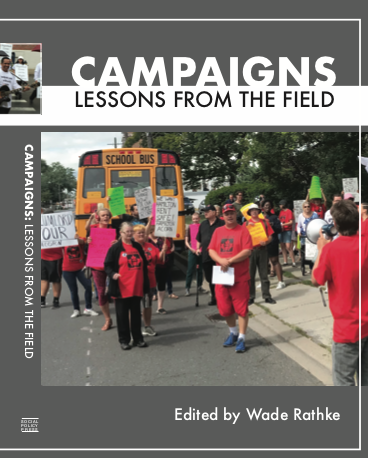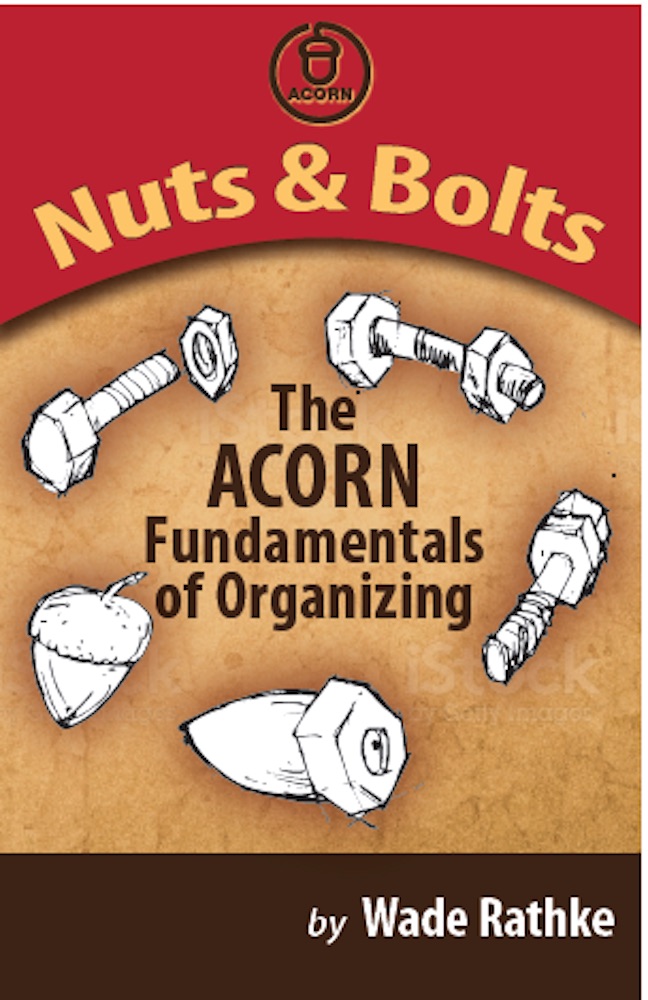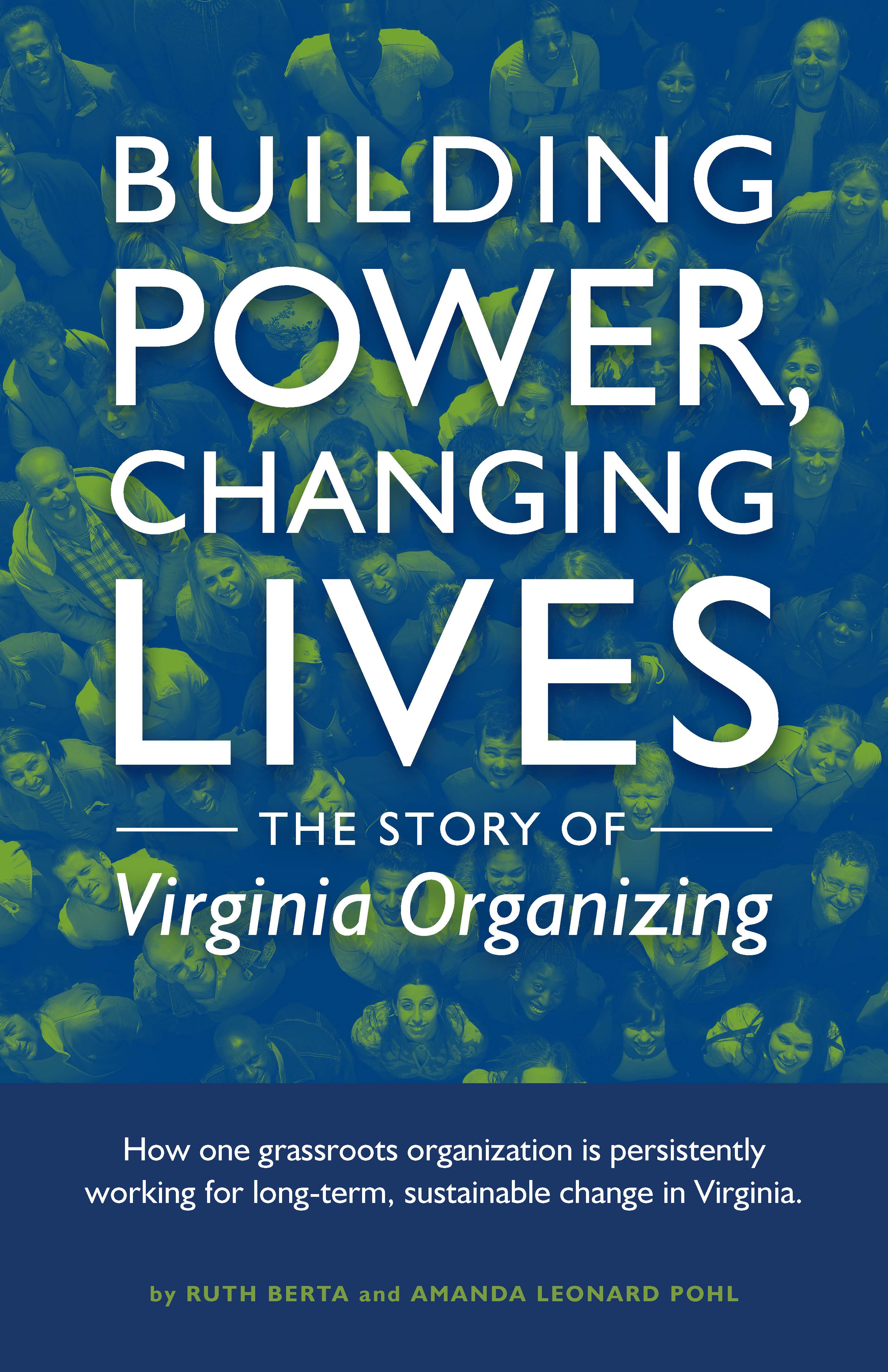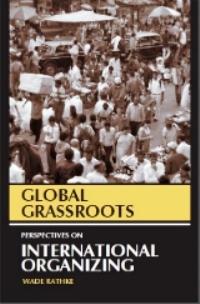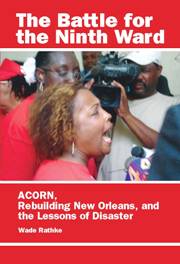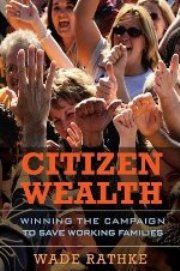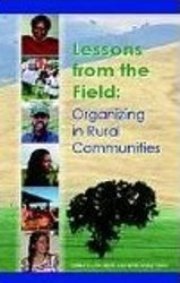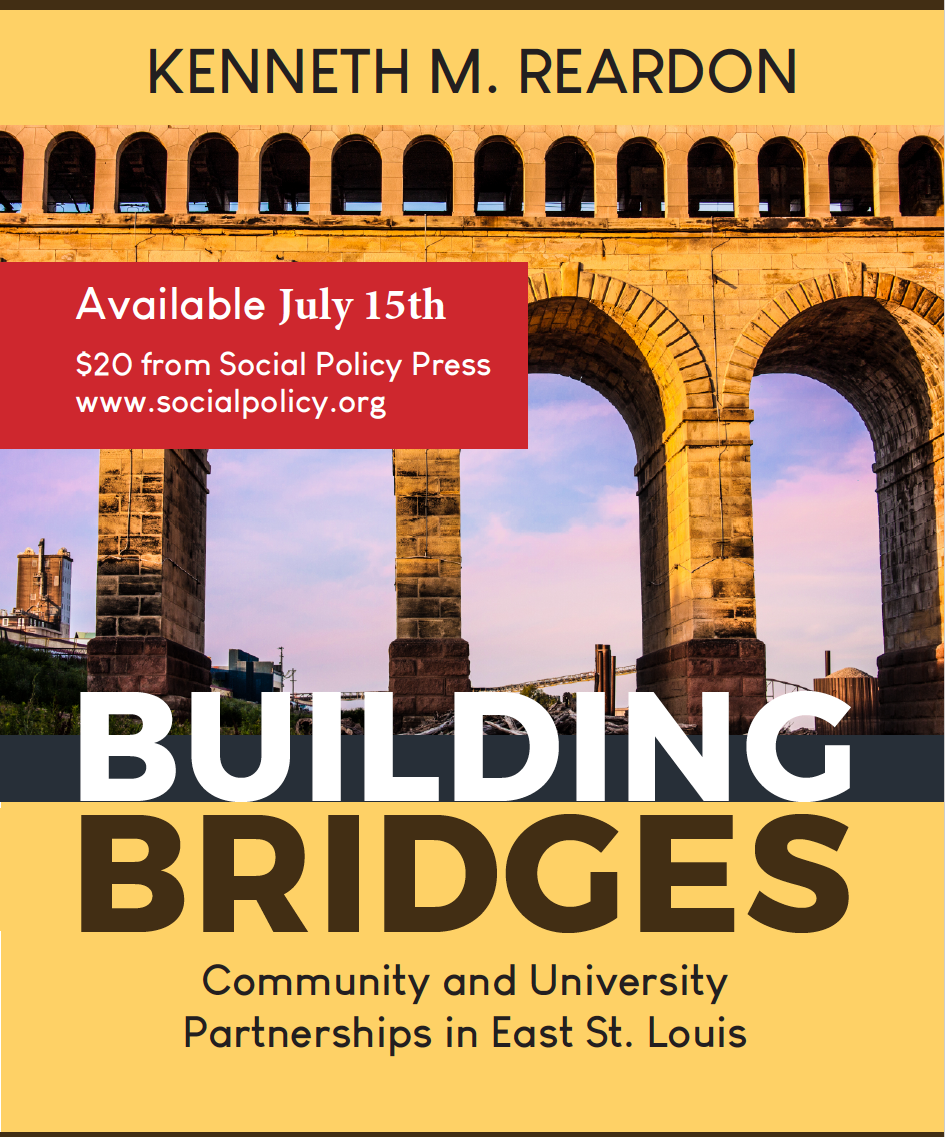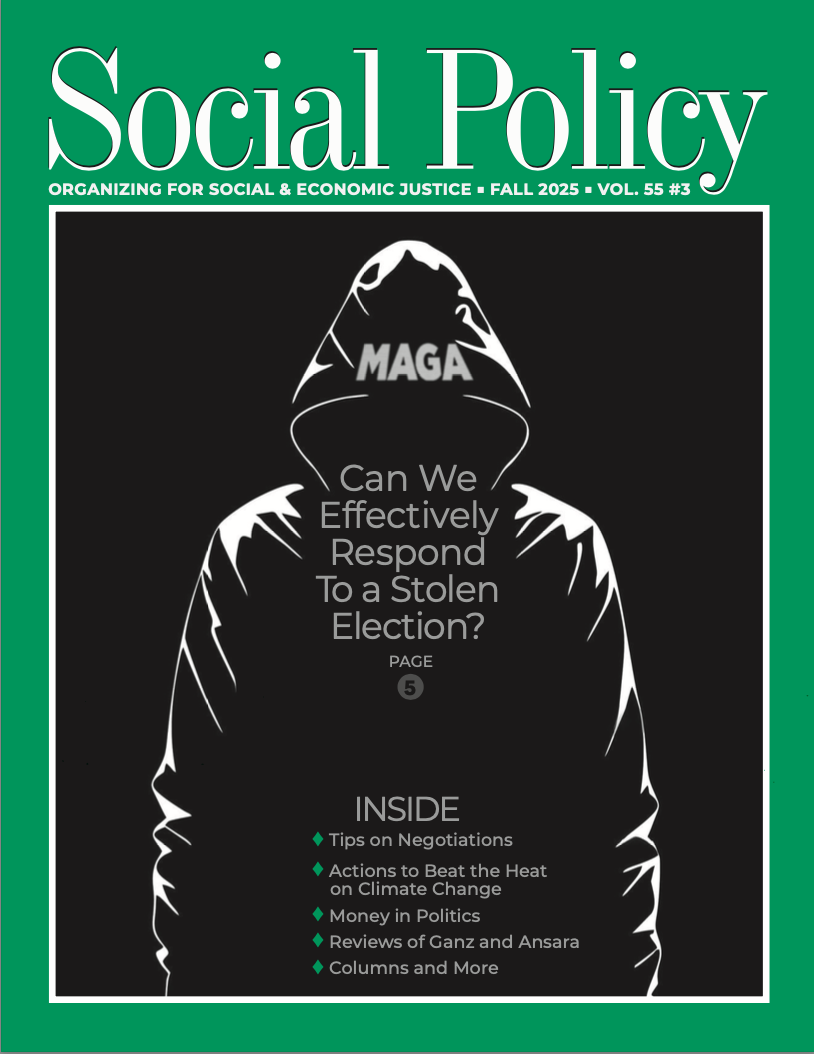FACE TO FACE NEGOTIATIONS IN CAMPAIGNS
Written by Kim Harman
Many powerful membership organizations like unions and direct-action community organizations win vital improvements for their members and communities through formal face-to-face negotiations. Though both types of organizations often lead formal negotiations, there is little discussion or training for non-labor negotiations, even though agreements reached at their tables can result in multi-million-dollar investments and life-changing programs and policies. Union negotiations on the other hand, are the topic of hundreds of trainings, conferences, books and classes and are governed by state and federal laws whereas the negotiations led by direct action community organizations are often fully dependent on the amount of power an organization can build to compel a specific decisionmaker to the table for an agreement.
As an organizer and director of direct action community organizations, I have been responsible for many face-to-face negotiations at the table with national banks, state agencies, utility companies and more, all without any idea how my union siblings’ negotiations worked. Once I transitioned to union negotiations, I was shocked that many employers were legally compelled to negotiate with my team whether or not I had developed a powerful campaign and just as shocked to realize that I might have to be at the table for a year before achieving the agreement my members needed.
There is a sharp distinction between the never-ending day-to-day negotiations organizers find themselves managing with electeds, funders, allies and opponents and the formal negotiations that occur at the table as the culmination of months and sometimes years of preparation with clear demands that will result in an agreement that may require ongoing compliance monitoring. These formal negotiations carry the promise to change the lives and material conditions of members and communities and can set standards far beyond the precise agreements at the table.
Other than the table and chairs involved during face-to-face negotiations, Union negotiations and negotiations for direct action community organizations can seem wildly different and even unrelated in many ways. There are many dynamics that unions and direct-action organizations have in common, but even within these commonalities, there are instructive differences. Let’s look at eight of the common features:
Table: Eight Key Features of Formal Negotiations in Organizing Campaigns
| Feature | Community vs Union practice |
| Getting to the Table | |
| 1. Recognizing patterns in members’ needs, developing demands around those patterns |
Unions and community organizations both go through this process, often in similar ways: one-on-ones, group listening sessions, small and large group membership meetings, surveys and research. In my experience, this process leads the union to many demands, sometimes upward of 10-20 separate demands, but direct-action community organizations tend to focus on a core set of 1-2 highly detailed and consequential demands for each target/decision-maker. Examples of these agreements might be the preservation of affordable housing, to stop redlining in a neighborhood or city, bans on railroads dumping chemicals in neighborhoods, parks and street lighting, after-school programs, fresh food in food deserts and more. Many union demands will have been made previously by many other unions and will be limited to “mandatory subjects outlined by law, whereas many of the community organization demands may be unique to that campaign. |
| 2. Identifying the lowest level decision-maker that can agree to your demands |
Community groups have more freedom on this one, but unions have automatic power here derived from state and federal law. Community groups’ process to figure out who has the power to fix this problem/address the need is an art and a science that often requires research, trial and error and a vast campaign. More complex campaigns may require the “insider” assistance of former targets. Unions on the other hand usually have automatic access to their employer for bargaining but there are many laws against unions attempting to negotiate with the real decision-makers during bargaining if those decision-makers are outside management’s chosen bargaining team. |
| 3. Getting everyone to the table |
Most states have laws that require employers to at least show up and bargain “in good faith” with the official union representatives. Other than a few laws around community benefits agreements, there are no laws assisting community groups to get to the table. Community groups largely must campaign and compel the decision-makers to the table. This can take community groups months or even years and sometimes even comprehensive campaigns cannot get the needed decision-maker to the table. |
| At the Table | |
| 4. Keeping the parties at the table |
Most states have laws requiring employers to negotiate for a specific period, but this does not mean they have to make agreements or have the ultimate decision-makers at the table. Community groups must build the power necessary to compel the targeted decisionmaker to stay at the table until an agreement can be made. |
| 5. Getting to yes |
For community groups, getting to the table tends to take the biggest push and once the right people are at the table, good and productive conversations and agreements are common. The sales adage ‘get the meeting, get the sale’ has a parallel in community organizing that is ‘win the meeting, win the issue’ and this is especially useful to remember in for higher -level community organization negotiations. For unions who can get to the table with management by simply sending an email, their tension and organizing is around their priority demands, usually economic and rights issues, issues that force the employer to recognize workers as valuable assets with agency. Union members often consider a strike to be one of their most powerful actions and strikes usually don’t take place until the parties have been bargaining for months or longer. |
| 6. Who are “we”, who OKs the agreement and who does the agreement cover? |
Community organizations must decide exactly who they are bargaining for, when they accept or reject an offer and when to continue their campaign until a better offer is made. Unions have their ‘bargaining unit’ defined before bargaining starts and an absolute democratic process of a ratification vote by all dues-paying members from the defined bargaining unit. A yes vote in the union ratification process accepts the agreement on the table, and a no vote sends the parties back to the table. It is often a violation of law for unions to “bargain backwards” or add new demands after agreed upon deadlines but direct-action community organizations are free to adjust and add to their demands only for as long as they can keep up their campaign to compel an agreement. |
| Post-Table | |
| 7. Compliance monitoring |
All agreements resulting from negotiations are only as strong as their enforcement. Grievances are unions’ built in compliance tool and monitoring often falls to a coalition of workers, their union Stewards and union staff. Compliance enforcement for community organizations usually requires more planning and clearer agreement on who, how, when and what happens when compliance falters or fails. For unions, employer’s non-compliance results in a grievance process that often provides mediation or binding arbitration with a neutral third party whereas community organizations often have no access to external support and must reestablish their campaign to deal with non-compliance. Also, unions are held to strict compliance with their final negotiated agreements and non-compliance can lead to costs. Community groups often have to construct a new compliance monitoring system for each of the agreements it has won through their negotiations and again, there are rarely any laws backing them up. Community organizations can develop their own timelines around compliance monitoring, but unions are held to deadlines in their agreements that may be as short as 10-20 days to identify and formally document and submit any non-compliance. |
| 8. Leveraging your new relationship |
Community organizations often get more out of this aspect of the negotiation process than unions. At the end of negotiations between a direct-action community organization and a decision-maker, there is often a brand-new relationship that can be beneficial for both parties. For unions, this is the same employer they see every day, so the relationship is not brand new and in fact, a very confrontational campaign and negotiating process can strain that relationship rather than build it. There are always exceptions, and a reconciliation step is sometimes possible and advantageous to both parties. (See feature #2 above for an example.) |
My decades of experience with unions and direct-action organizations says that direct action organizations should achieve formal negotiations with decision-makers more often and with more far-reaching expectations and that unions need to borrow more of the creative, dynamic, often long-term tactics and strategies employed by their community counterparts without losing focus on the timelines and laws inherent in their process.
What could that look like? Organizers who have led dynamic campaigns and negotiations need to document those campaigns, get in the weeds with the details and not leave out the mistakes, big and small. Include all the tension points both internal and external, the unexpected decisions that were needed, unexpected challenges and wins along the way. We should be sharing those campaign summaries across organizations and taking the time to discuss them in detail as part of our organizing and negotiations training. Union and direct-action community organizations can also shadow each other more, both staff and leaders. We often invite others to actions and rallies, but we could also create more space for shadowing at planning meetings and prep sessions where strategies are developed and counter proposals are made.
There are endless challenges facing organizers and our democratic organizations today and it is easy to think “no time” or “next time” when evaluating your organization’s commitment to comprehensive campaigns that include formal negotiations. We are often held back by lack of experience, funding and more.
Kim Harman has been organizing, training and negotiating on behalf of unions and direct-action community organizations for more than 25 years. Currently an Organizing Manager at Oregon AFSCME, Harman has also served as a National Field Organizer for National People’s Action in Chicago, Executive Director of Eastside PRIDE in Buffalo NY, Organizing Lead at UNITE HERE Local 5 Hawaii, and State Policy Director at FACE Hawaii.


